Home>Furniture & Design>Bathroom Accessories>What Causes A Toilet Bowl To Lose Water
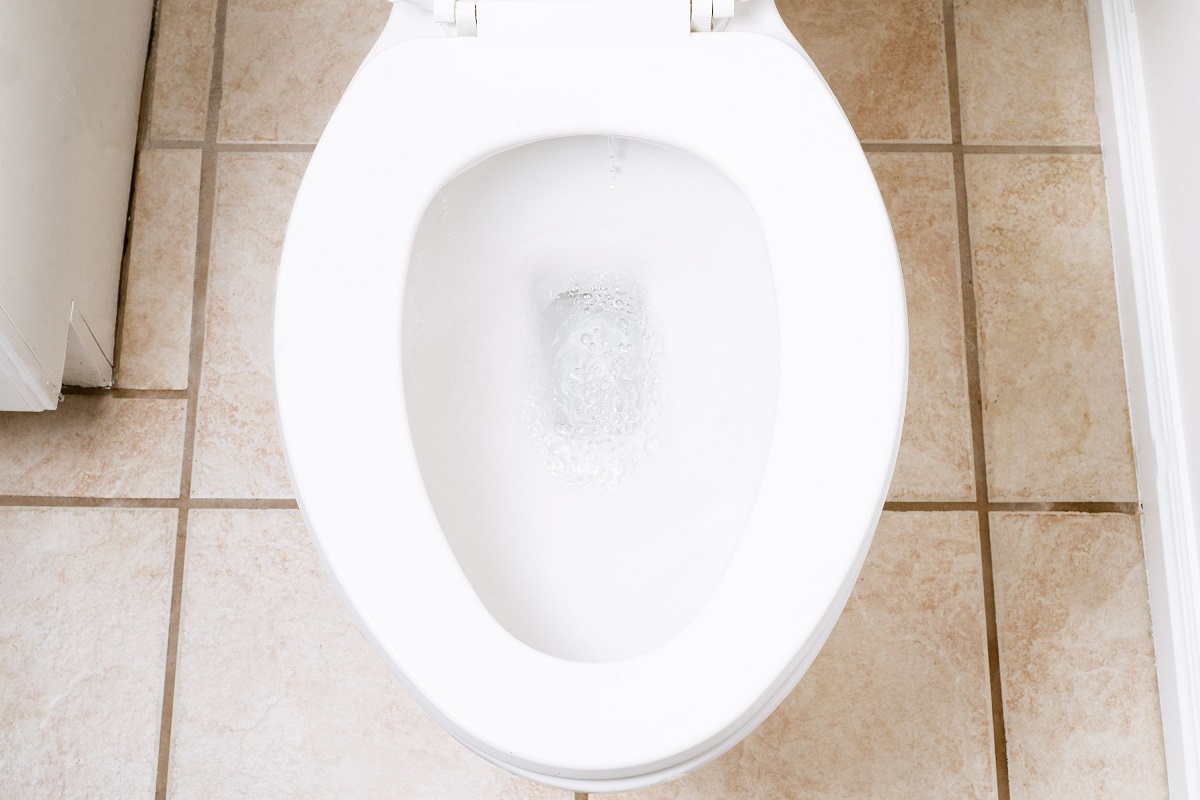

Bathroom Accessories
What Causes A Toilet Bowl To Lose Water
Modified: February 29, 2024
Discover the reasons behind a toilet bowl losing water and how bathroom accessories can help prevent this issue. Learn more about maintaining your toilet's water level.
(Many of the links in this article redirect to a specific reviewed product. Your purchase of these products through affiliate links helps to generate commission for Storables.com, at no extra cost. Learn more)
Introduction
A properly functioning toilet is essential for maintaining a comfortable and hygienic bathroom environment. However, encountering issues with a toilet bowl losing water can be a cause for concern. Understanding the potential causes behind this problem is crucial for effectively addressing and resolving it. In this comprehensive guide, we will delve into the various factors that can lead to a toilet bowl losing water. By gaining insights into these potential issues, you will be better equipped to identify the root cause of the problem and take the necessary steps to rectify it.
Let's explore the common culprits that may contribute to a toilet bowl losing water, ranging from leaks and cracks in the bowl itself to malfunctions in essential components such as the flapper, flush valve, and fill valve. By shedding light on these potential issues, we aim to empower you with the knowledge needed to troubleshoot and resolve toilet bowl water loss effectively. So, let's embark on this journey to uncover the underlying reasons behind this perplexing problem and equip ourselves with the know-how to address it comprehensively.
Key Takeaways:
- Don’t ignore a toilet bowl losing water – it could be due to leaks, cracks, or faulty components like the flapper and fill valve. Regular checks and timely repairs can save water and maintain a clean bathroom.
- Keep an eye out for leaks and cracks in your toilet bowl, and ensure the flapper, flush valve, and fill valve are working properly. Addressing these issues promptly can prevent water loss and maintain a hygienic bathroom.
Read more: What Causes Water In Toilet Bowl To Move
Leaks in the Toilet Bowl
A common cause of a toilet bowl losing water is the presence of leaks. These leaks can occur due to various reasons, such as deteriorated seals, damaged gaskets, or loose connections. One of the primary areas where leaks may manifest is around the base of the toilet. This can be attributed to a faulty wax ring or a deteriorated flange, which can compromise the seal between the toilet and the floor. As a result, water may gradually seep out, leading to a noticeable reduction in the water level within the bowl.
Additionally, leaks can also occur within the internal components of the toilet. The flapper, which is responsible for regulating the flow of water from the tank to the bowl during flushing, may develop wear and tear over time. A compromised flapper can result in water seepage, causing the water level in the bowl to decrease between flushes.
Furthermore, the presence of cracks or damage in the porcelain of the toilet bowl can also contribute to water leaks. These cracks may not only lead to water loss but can also pose sanitation concerns due to the potential for bacterial growth within the compromised areas.
It is important to promptly address leaks in the toilet bowl to prevent water wastage and potential water damage to the surrounding flooring and structures. Regular inspection of the toilet components, including the seals, gaskets, and porcelain, can help in early detection of leaks. By identifying and addressing these issues in a timely manner, it is possible to restore the proper water level in the toilet bowl and ensure the efficient functioning of the toilet system.
In summary, leaks in the toilet bowl can stem from various sources, including deteriorated seals, damaged internal components, and cracks in the porcelain. By vigilantly monitoring the condition of these elements and promptly addressing any signs of leakage, it is possible to mitigate water loss and maintain the optimal water level in the toilet bowl.
Cracks in the Toilet Bowl
Cracks in the toilet bowl can be a significant factor contributing to water loss. These cracks may develop due to various reasons, including physical impact, age-related wear, or structural stress. When cracks form in the porcelain of the toilet bowl, they can compromise the integrity of the bowl, leading to water leakage and a subsequent decrease in the water level within the bowl.
The presence of cracks in the toilet bowl can be visually identified through careful inspection. These cracks may appear as fine lines or more pronounced fractures, often located near the base or along the inner surface of the bowl. While some cracks may be superficial, others can extend deeper into the porcelain, posing a greater risk of water seepage and potential sanitary concerns.
When cracks are present, they can allow water to escape from the bowl, leading to a gradual reduction in the water level. Additionally, the compromised areas can create an environment conducive to bacterial growth, posing hygiene and sanitation risks. Furthermore, the continuous loss of water due to cracks can result in increased water consumption and potential damage to the surrounding flooring and structures.
Addressing cracks in the toilet bowl is essential for restoring the proper water level and ensuring the efficient functioning of the toilet. In cases where superficial cracks are identified, applying porcelain repair kits or sealants designed for such purposes can help mitigate the risk of water leakage. However, for more extensive or deep cracks, it may be necessary to consider professional repair or replacement of the toilet bowl to prevent ongoing water loss and maintain optimal sanitation standards.
Regular inspection of the toilet bowl for signs of cracks, especially in areas prone to stress or impact, can aid in early detection and timely intervention. By promptly addressing any cracks that are identified, it is possible to safeguard against water loss, maintain the integrity of the toilet bowl, and uphold a hygienic bathroom environment.
In summary, cracks in the toilet bowl can serve as a significant contributor to water loss, necessitating vigilant inspection and timely repair or replacement to mitigate water leakage and uphold sanitation standards within the bathroom.
Check the water level in the tank and adjust the float to ensure it fills to the proper level. Inspect the flapper for damage and replace if necessary. Look for any cracks or leaks in the bowl or tank.
Faulty Flapper or Flush Valve
A common culprit behind a toilet bowl losing water is a faulty flapper or flush valve. These essential components play a pivotal role in regulating the flow of water from the tank to the bowl during the flushing process. When these components malfunction, they can lead to water loss and a noticeable decrease in the water level within the toilet bowl.
The flapper, a rubber or silicone seal, is responsible for sealing the opening at the bottom of the tank and releasing water into the bowl when the toilet is flushed. Over time, the flapper may deteriorate, become misaligned, or accumulate mineral deposits, compromising its ability to form a watertight seal. As a result, water may continuously leak from the tank into the bowl, causing the water level to decrease between flushes.
Similarly, the flush valve, which controls the release of water from the tank into the bowl, can experience malfunctions that contribute to water loss. If the flush valve fails to close completely after flushing, it can result in a continuous trickle of water into the bowl, leading to a reduction in the water level over time.
Identifying and addressing issues related to the flapper and flush valve is crucial for restoring the proper water level in the toilet bowl. Regular inspection of these components for signs of wear, misalignment, or mineral buildup can aid in early detection of potential problems. Additionally, cleaning or replacing the flapper and flush valve as part of routine maintenance can help prevent water loss and ensure the efficient operation of the toilet.
In cases where the flapper or flush valve is found to be significantly compromised, replacement with new, high-quality components may be necessary to rectify the issue effectively. By investing in durable and well-fitted flappers and flush valves, it is possible to mitigate water loss and maintain the optimal water level within the toilet bowl.
In summary, a faulty flapper or flush valve can contribute to water loss in the toilet bowl. By prioritizing regular inspection, maintenance, and timely replacement of these essential components, it is possible to address potential issues and uphold the efficient functioning of the toilet system.
Problems with the Fill Valve
The fill valve, also known as the ballcock or refill valve, serves a critical function in the toilet's water replenishment process. When this component encounters issues, it can significantly contribute to a toilet bowl losing water. Understanding the potential problems associated with the fill valve is essential for effectively addressing water loss concerns and ensuring the optimal functioning of the toilet system.
One common issue that can arise with the fill valve is a decrease in its efficiency in refilling the toilet tank after each flush. This can manifest as a prolonged or incomplete filling cycle, leading to insufficient water levels in the tank. As a result, the reduced water volume in the tank may not adequately facilitate a complete flush, ultimately leading to a lower water level in the toilet bowl.
Another prevalent problem with the fill valve is the occurrence of leaks or drips, which can result in a gradual loss of water from the tank. These leaks may stem from damaged seals, worn-out components, or mineral deposits that impede the proper functioning of the fill valve. As water continuously seeps out of the tank, the overall water level within the toilet bowl diminishes, impacting the toilet's flushing and overall performance.
Furthermore, the presence of debris or sediment accumulation within the fill valve can impede its functionality, leading to water flow restrictions and irregular refilling patterns. This can result in inadequate water levels in the tank, subsequently affecting the water volume available for each flush and contributing to a decrease in the water level within the toilet bowl.
Addressing problems with the fill valve is crucial for restoring the proper water level in the toilet bowl and ensuring the efficient operation of the toilet. Regular inspection of the fill valve for signs of inefficiency, leaks, or debris accumulation is essential for early detection of potential issues. Additionally, cleaning or replacing the fill valve as part of routine maintenance can help prevent water loss and maintain the optimal water level within the toilet bowl.
In cases where the fill valve exhibits persistent problems that cannot be resolved through cleaning or adjustments, replacing the fill valve with a high-quality, compatible unit is recommended. By investing in a reliable fill valve and ensuring its proper installation, it is possible to mitigate water loss and uphold the efficient functioning of the toilet system.
In summary, problems with the fill valve can significantly contribute to a toilet bowl losing water. By prioritizing regular inspection, maintenance, and timely replacement of the fill valve, it is possible to address potential issues and maintain the optimal water level within the toilet bowl.
Read more: What Causes Toilet Bowl Stains
Conclusion
In conclusion, the proper functioning of a toilet bowl is integral to maintaining a hygienic and comfortable bathroom environment. The factors contributing to a toilet bowl losing water are diverse, encompassing issues such as leaks, cracks, and malfunctions in essential components including the flapper, flush valve, and fill valve. By gaining a comprehensive understanding of these potential causes, individuals can effectively address water loss concerns and ensure the efficient operation of their toilet systems.
Leaks in the toilet bowl, whether stemming from deteriorated seals, damaged internal components, or cracks in the porcelain, can lead to gradual water loss and potential sanitation risks. Vigilant inspection and prompt repair of these leaks are essential for mitigating water wastage and maintaining the optimal water level in the bowl.
Cracks in the toilet bowl pose a significant risk of water leakage and bacterial growth, necessitating careful inspection and timely repair or replacement to uphold sanitation standards and prevent water loss.
Furthermore, issues related to the flapper, flush valve, and fill valve can contribute to water loss in the toilet bowl. Regular maintenance, inspection, and, if necessary, replacement of these components are crucial for addressing potential malfunctions and ensuring the efficient functioning of the toilet system.
By prioritizing proactive maintenance, prompt repairs, and, when needed, the replacement of compromised components, individuals can effectively mitigate water loss in the toilet bowl and uphold a hygienic and functional bathroom environment.
In essence, understanding the potential causes of a toilet bowl losing water empowers individuals to take proactive measures in maintaining their toilet systems. By addressing leaks, cracks, and component malfunctions in a timely manner, it is possible to mitigate water loss, conserve resources, and ensure the optimal performance of the toilet. Through diligence and informed action, individuals can uphold the functionality and integrity of their toilet systems, contributing to a comfortable and sustainable bathroom experience.
Frequently Asked Questions about What Causes A Toilet Bowl To Lose Water
Was this page helpful?
At Storables.com, we guarantee accurate and reliable information. Our content, validated by Expert Board Contributors, is crafted following stringent Editorial Policies. We're committed to providing you with well-researched, expert-backed insights for all your informational needs.
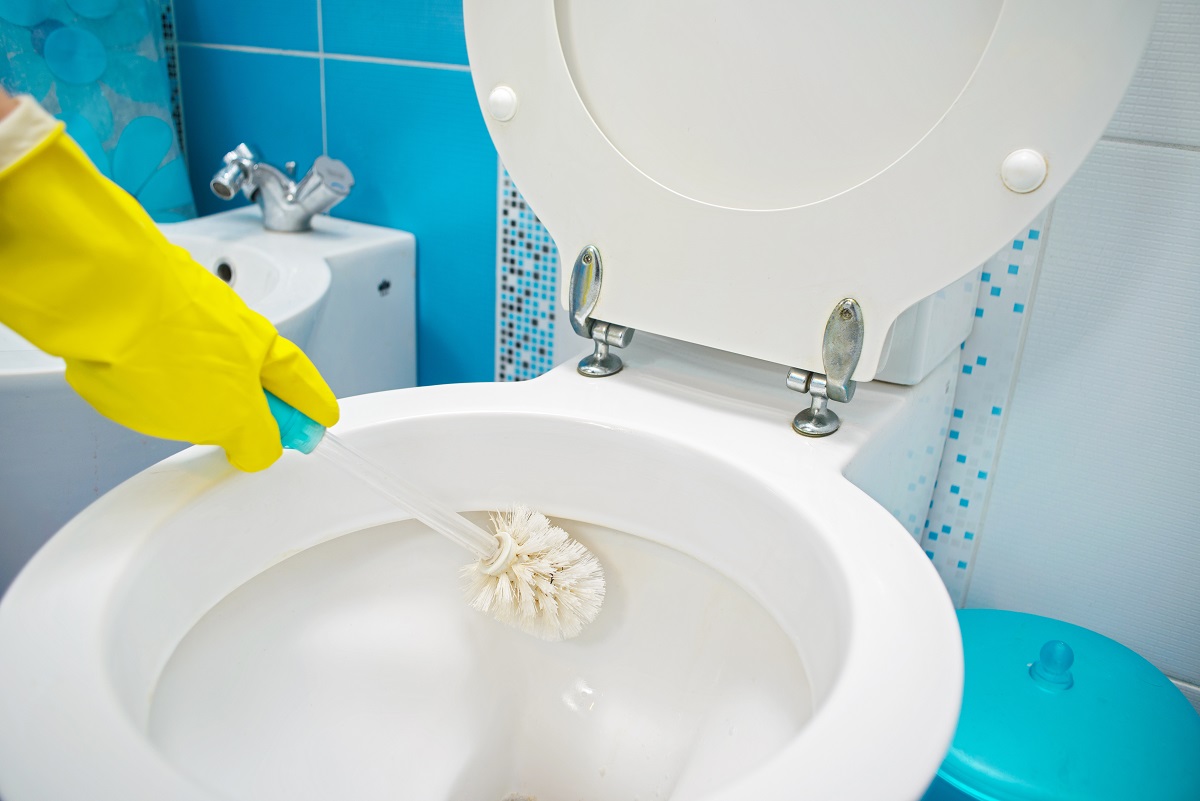
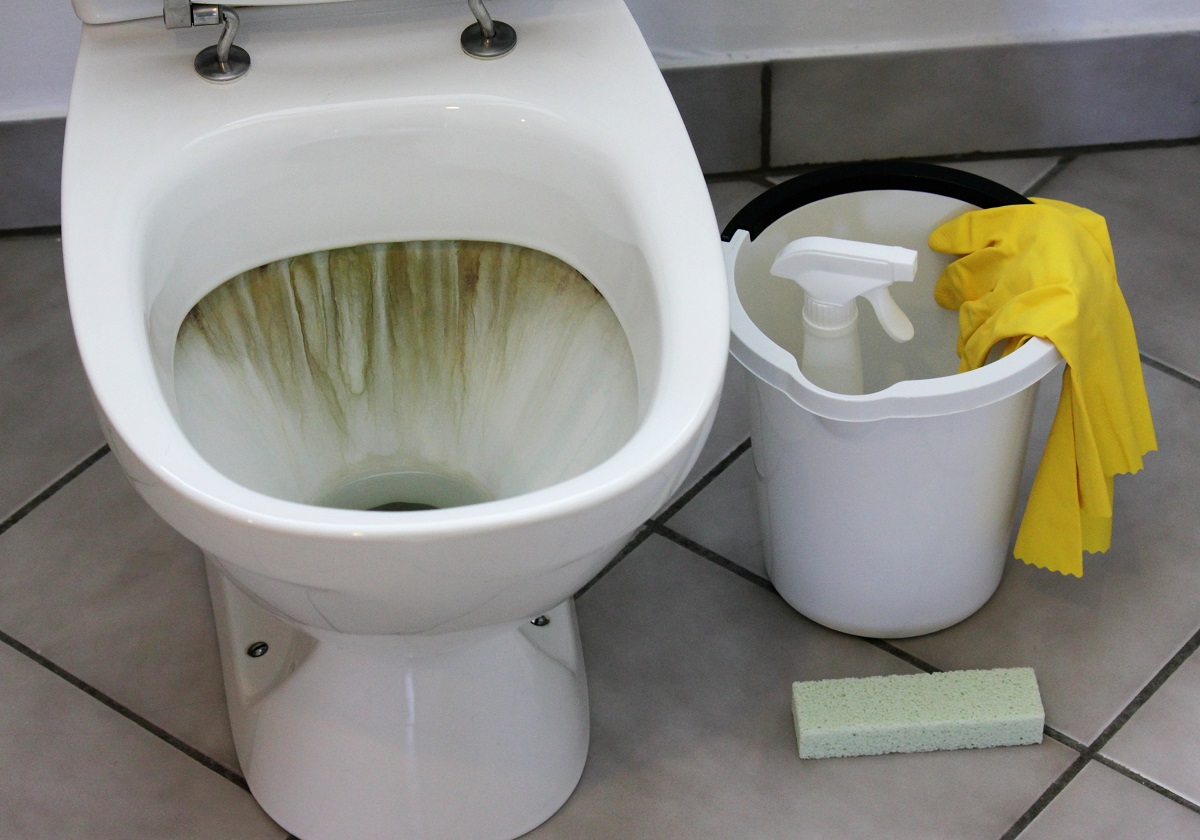
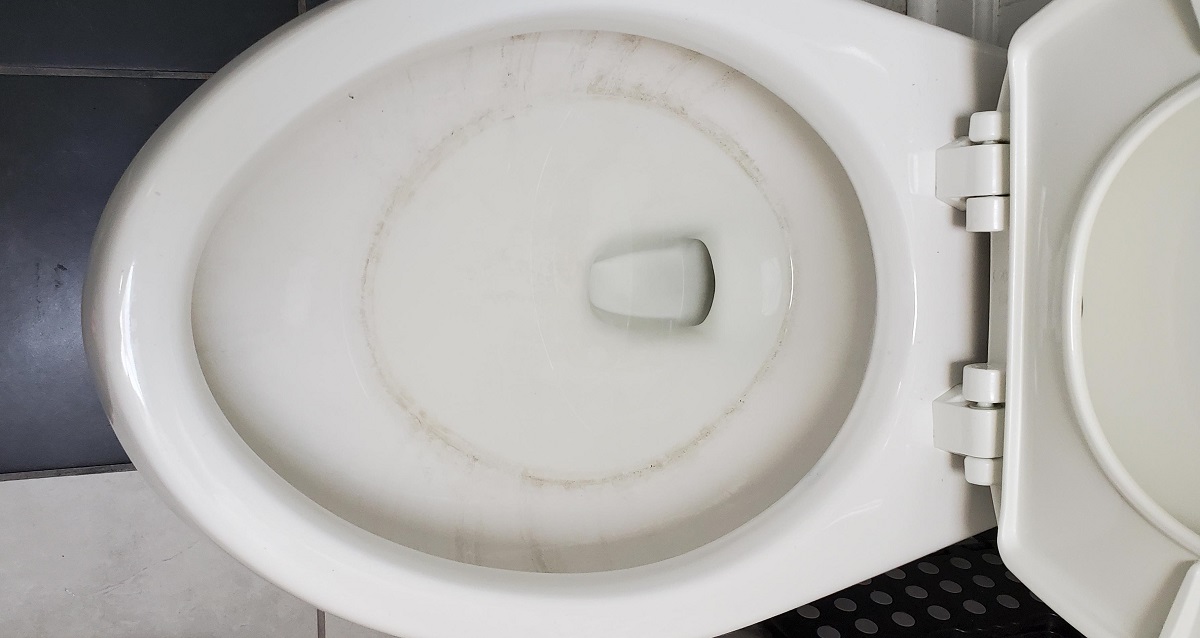
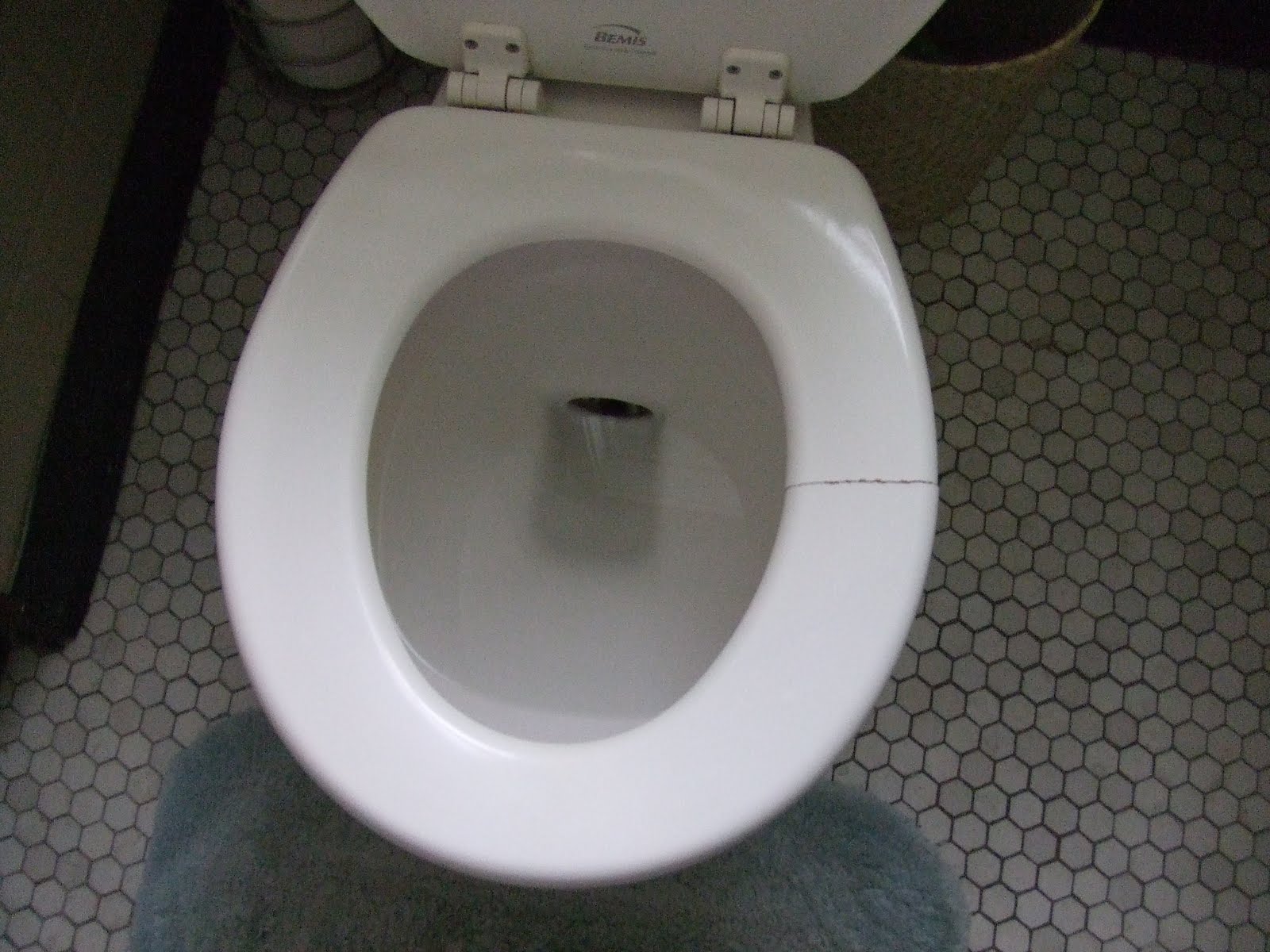
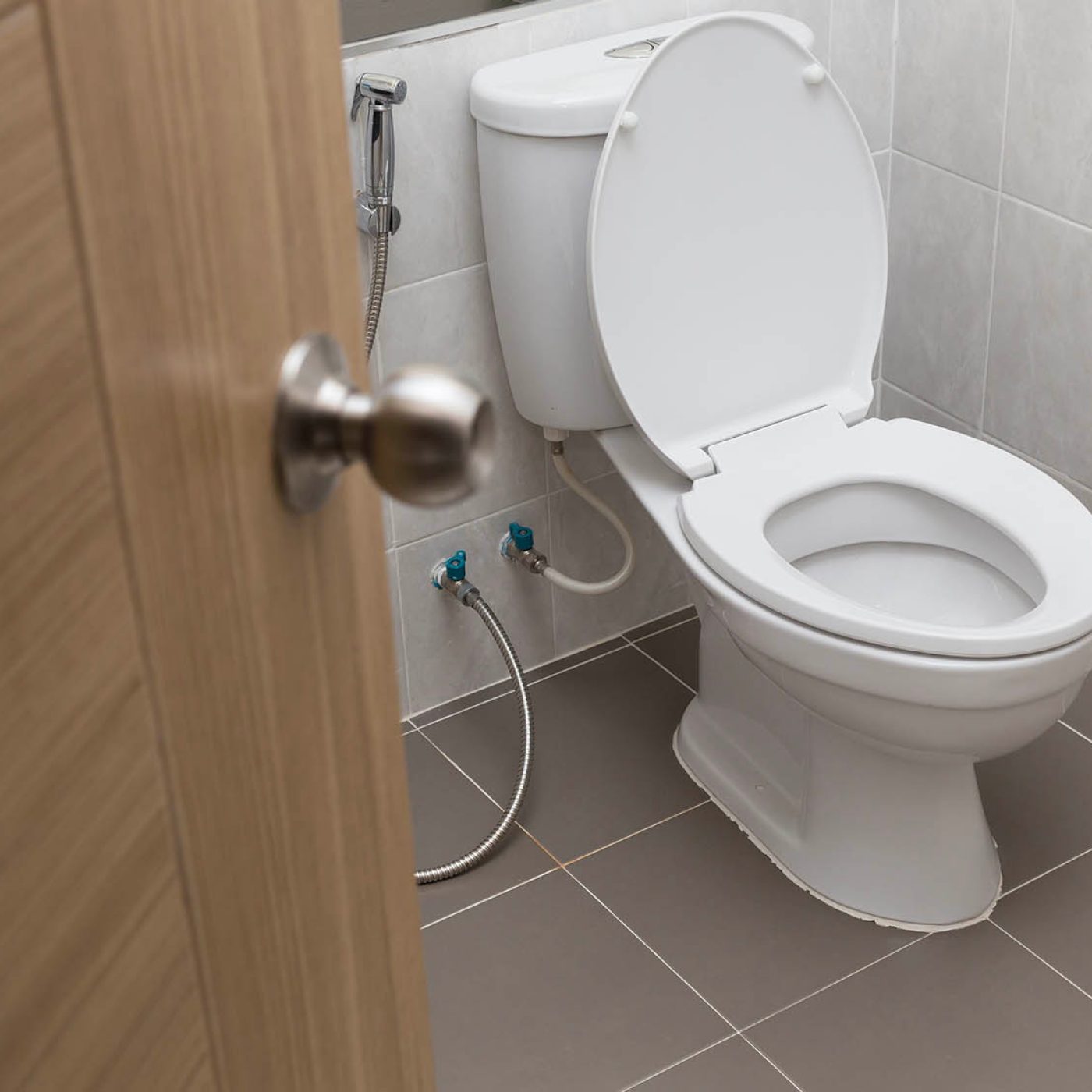
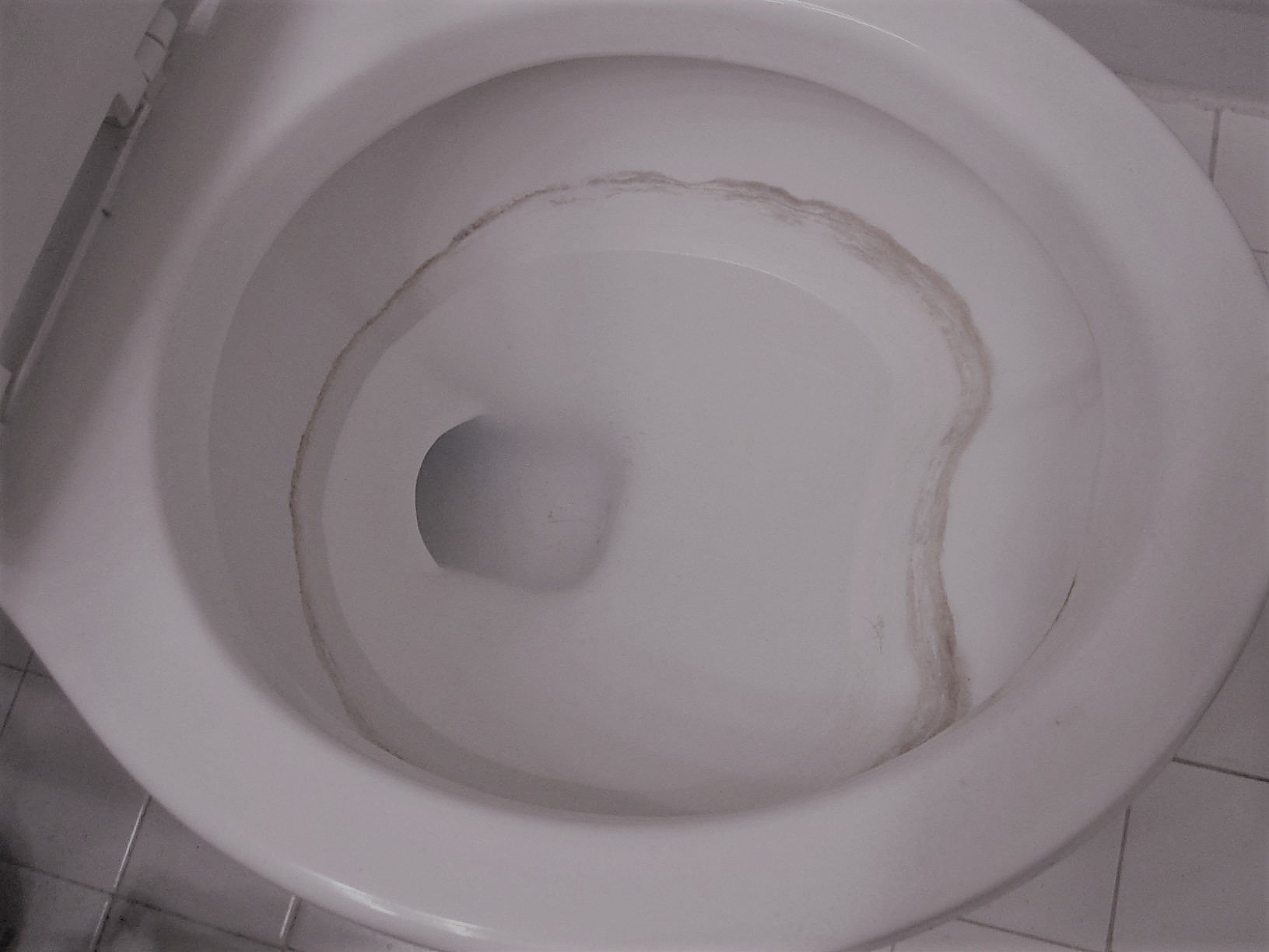
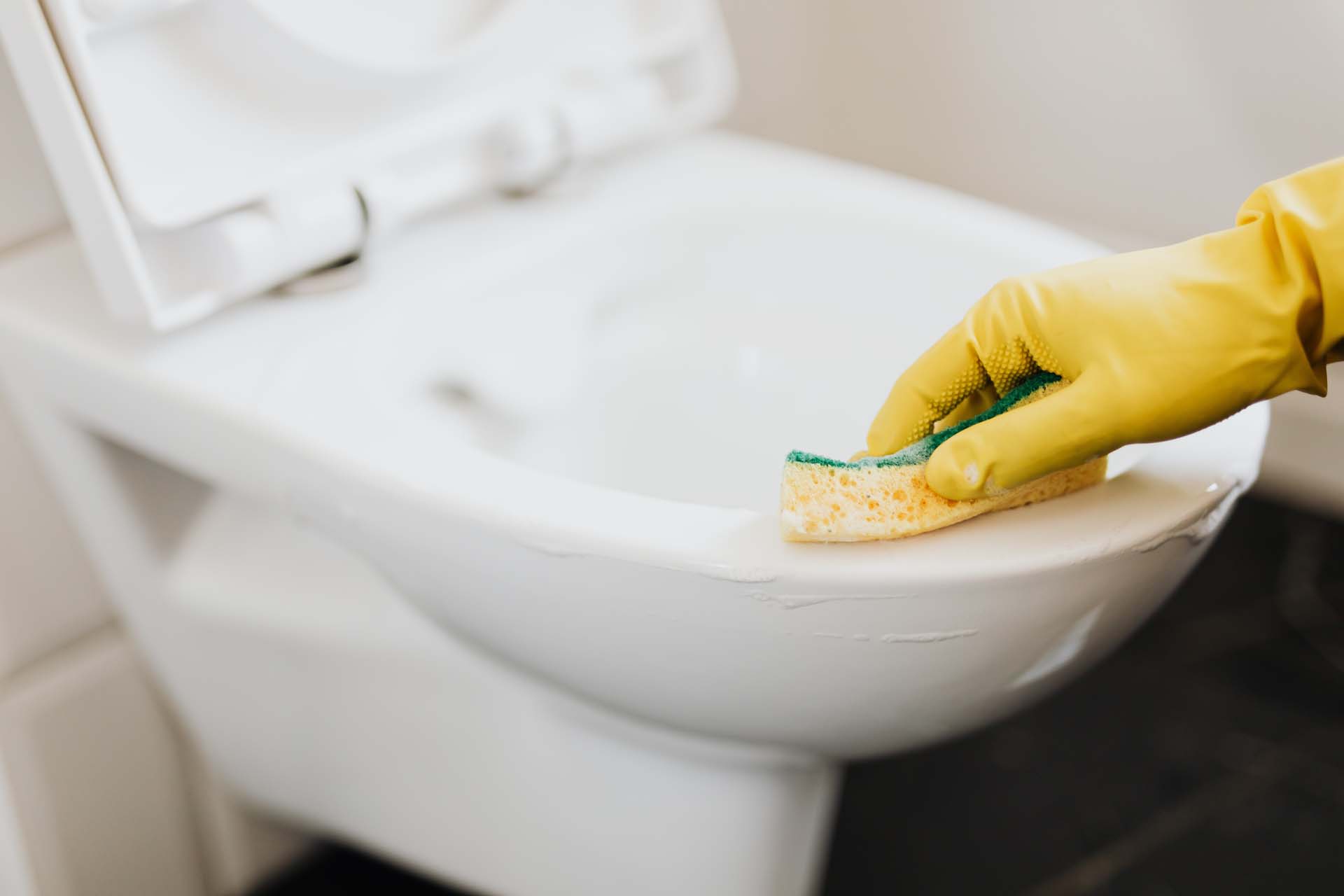
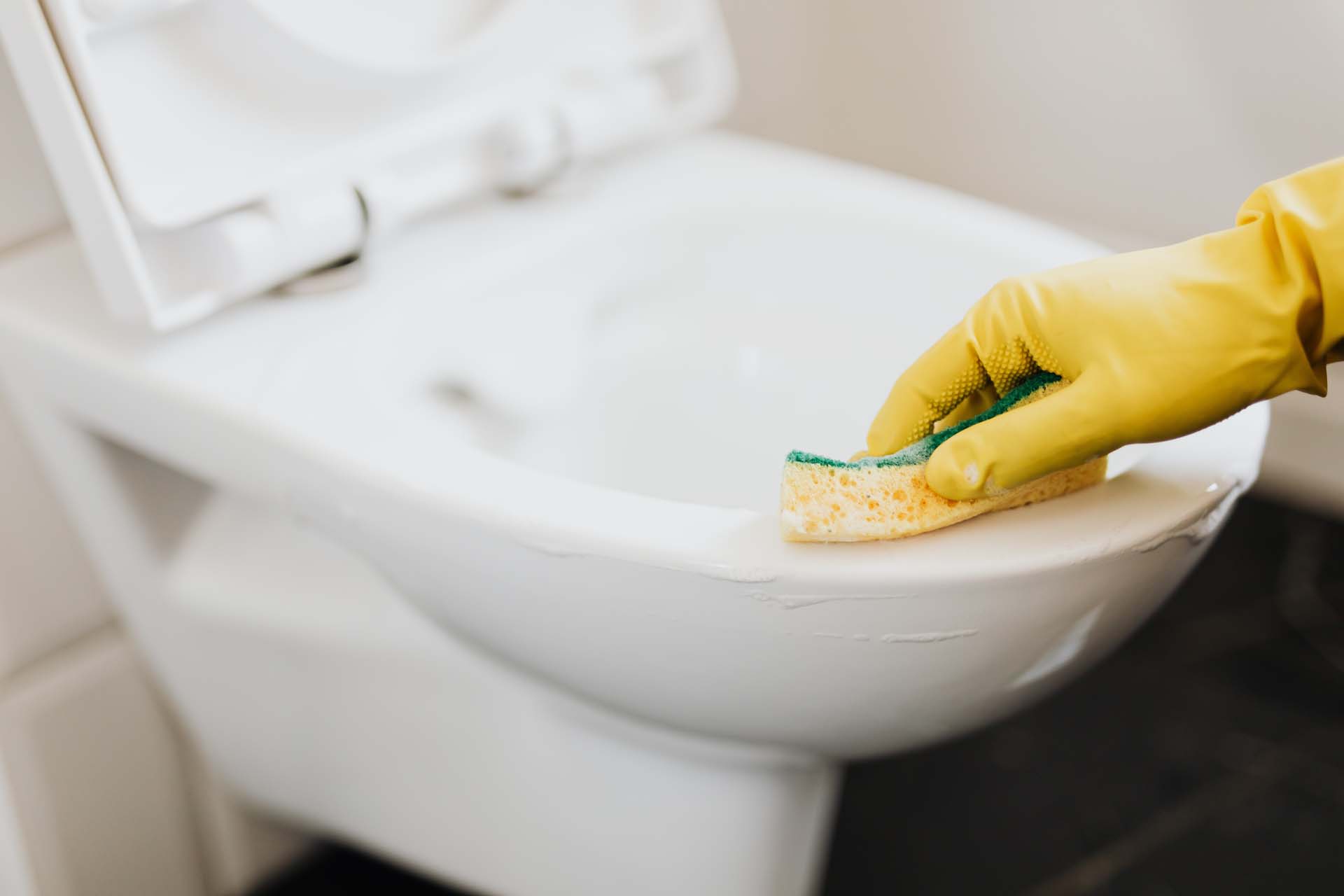
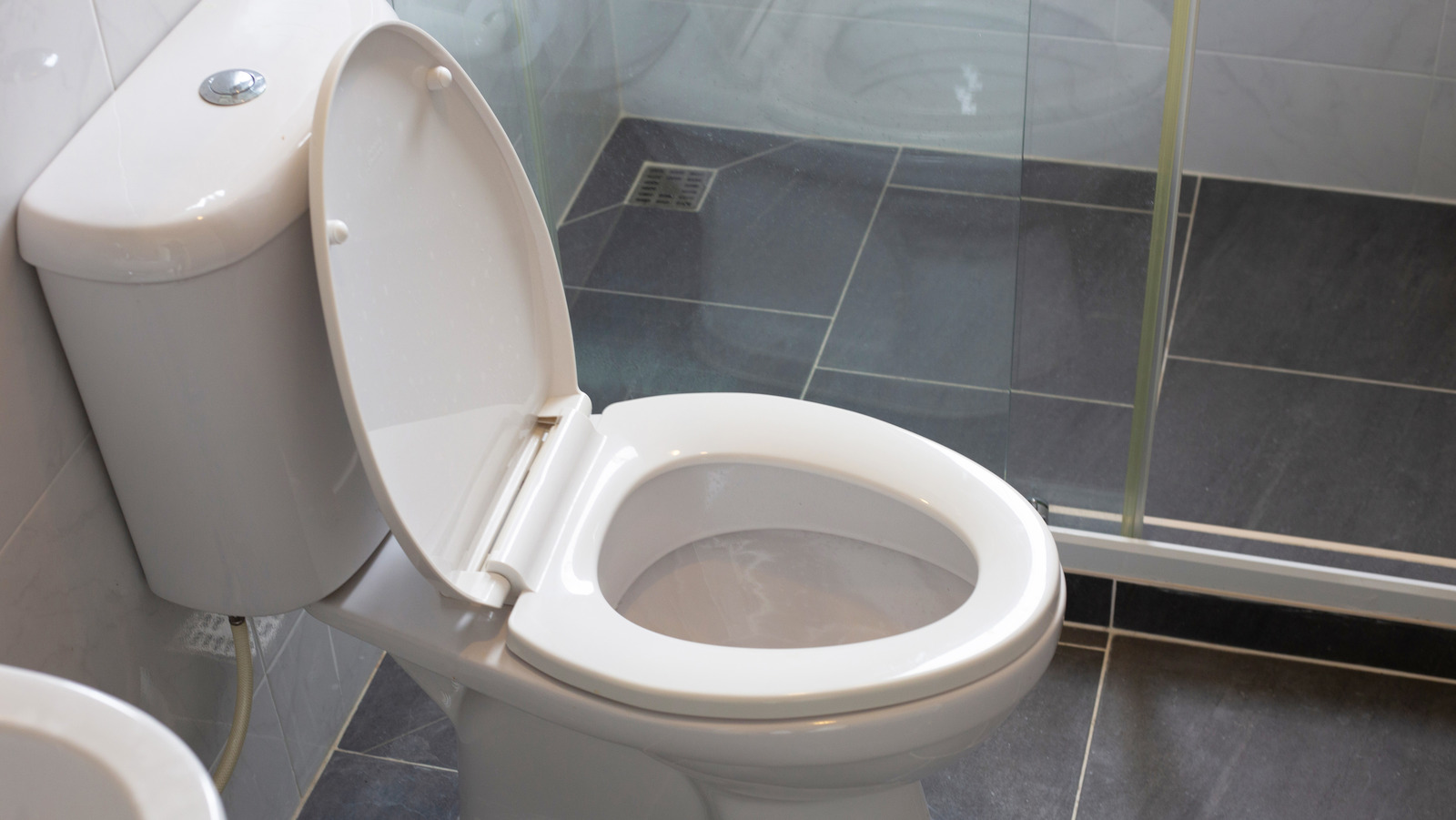
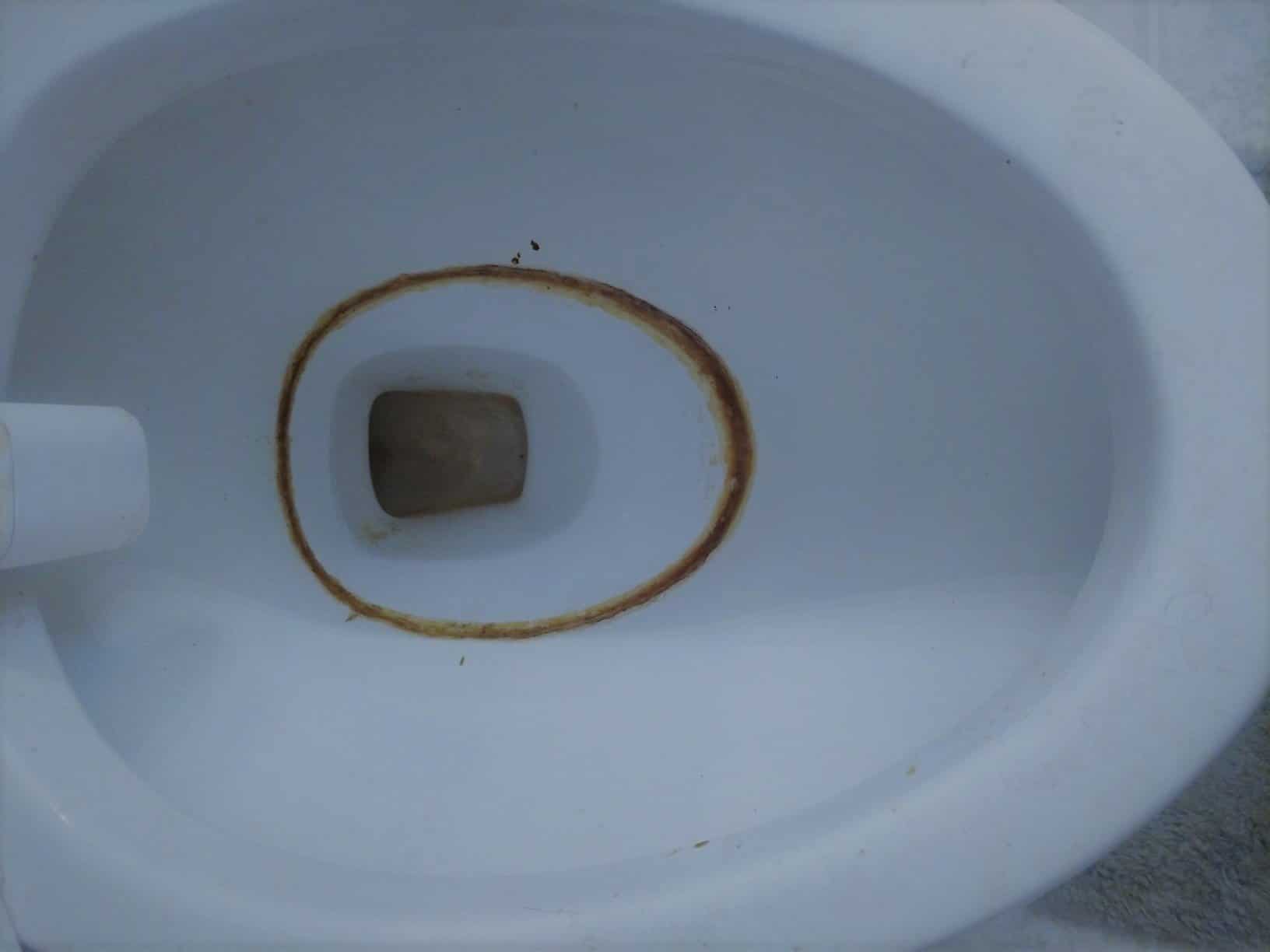
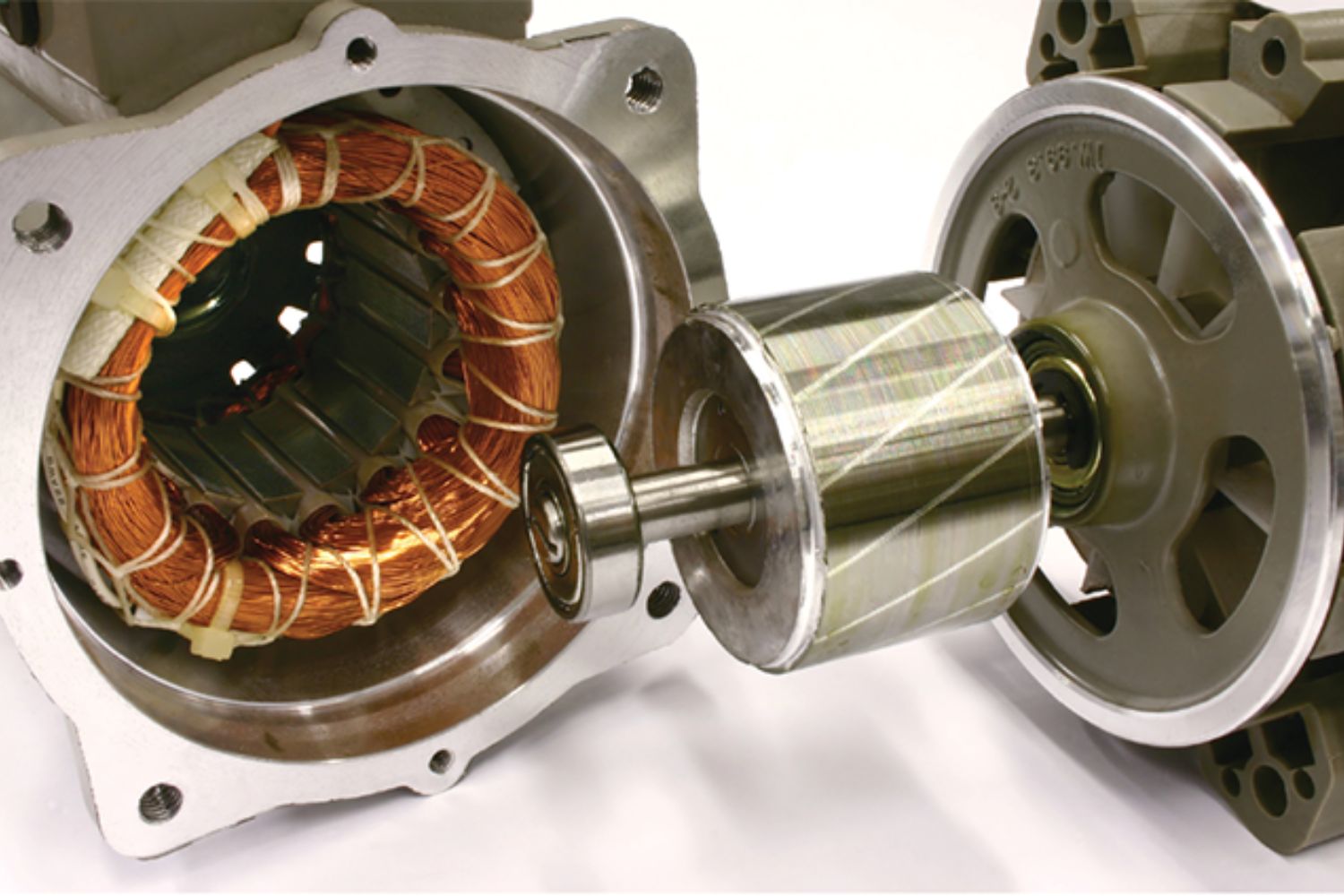
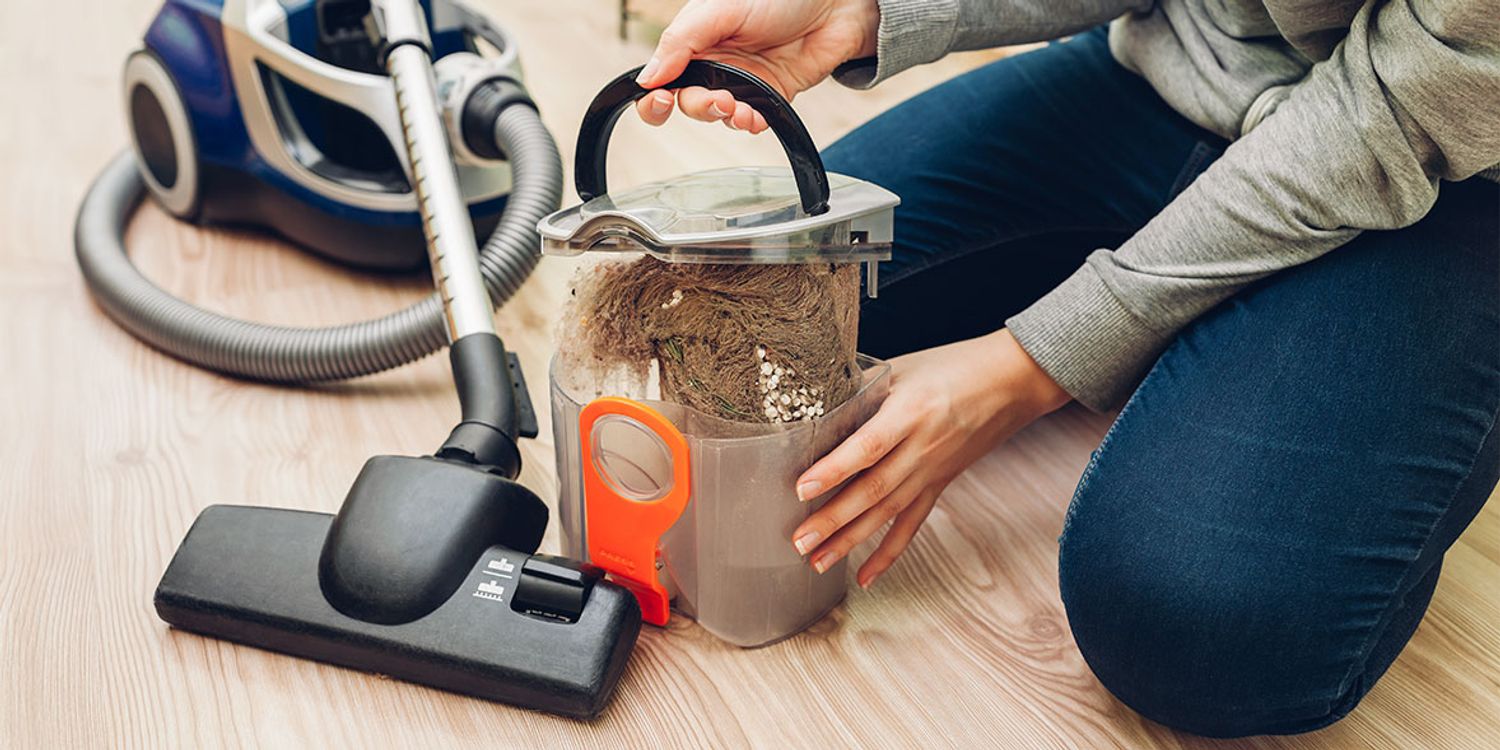
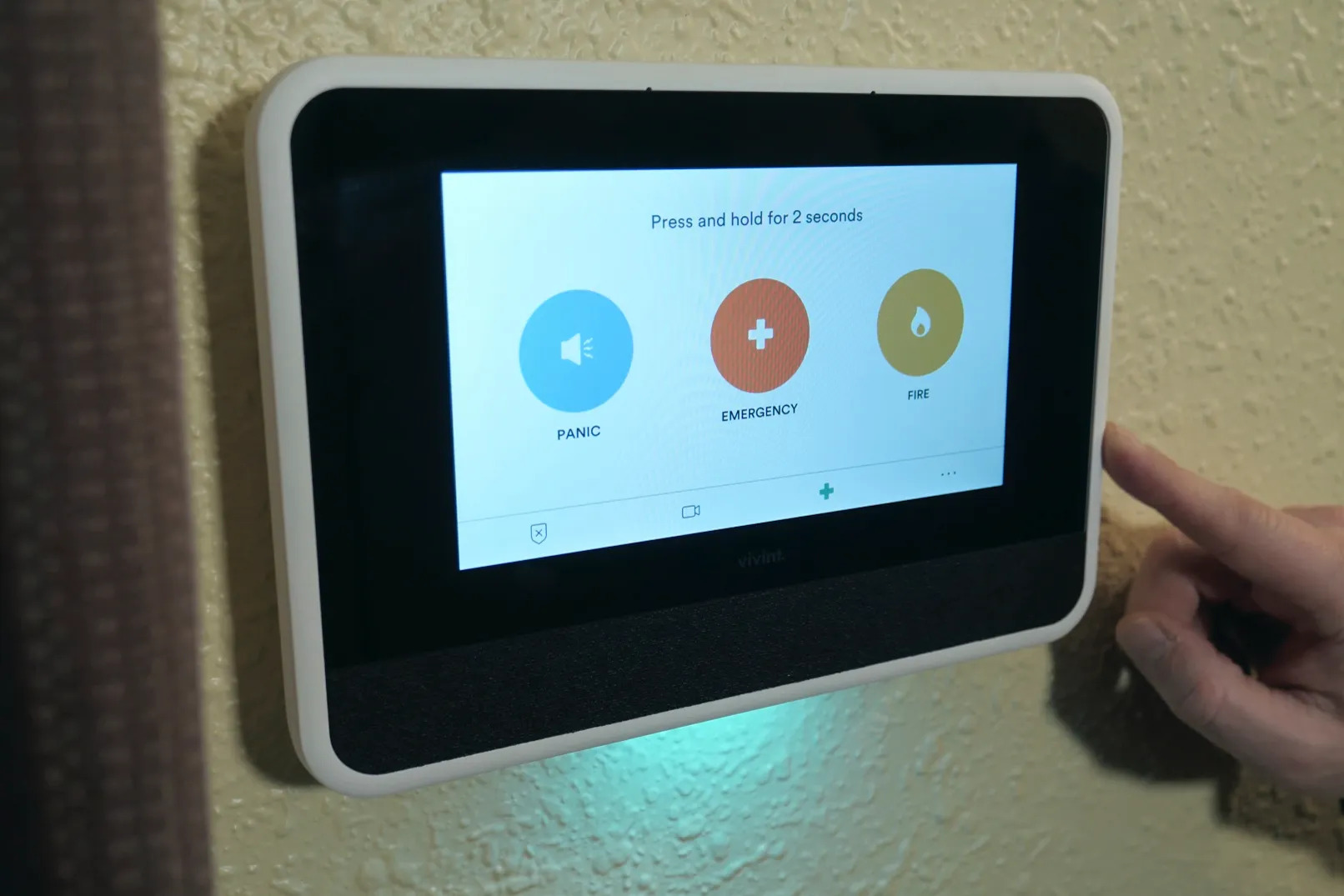
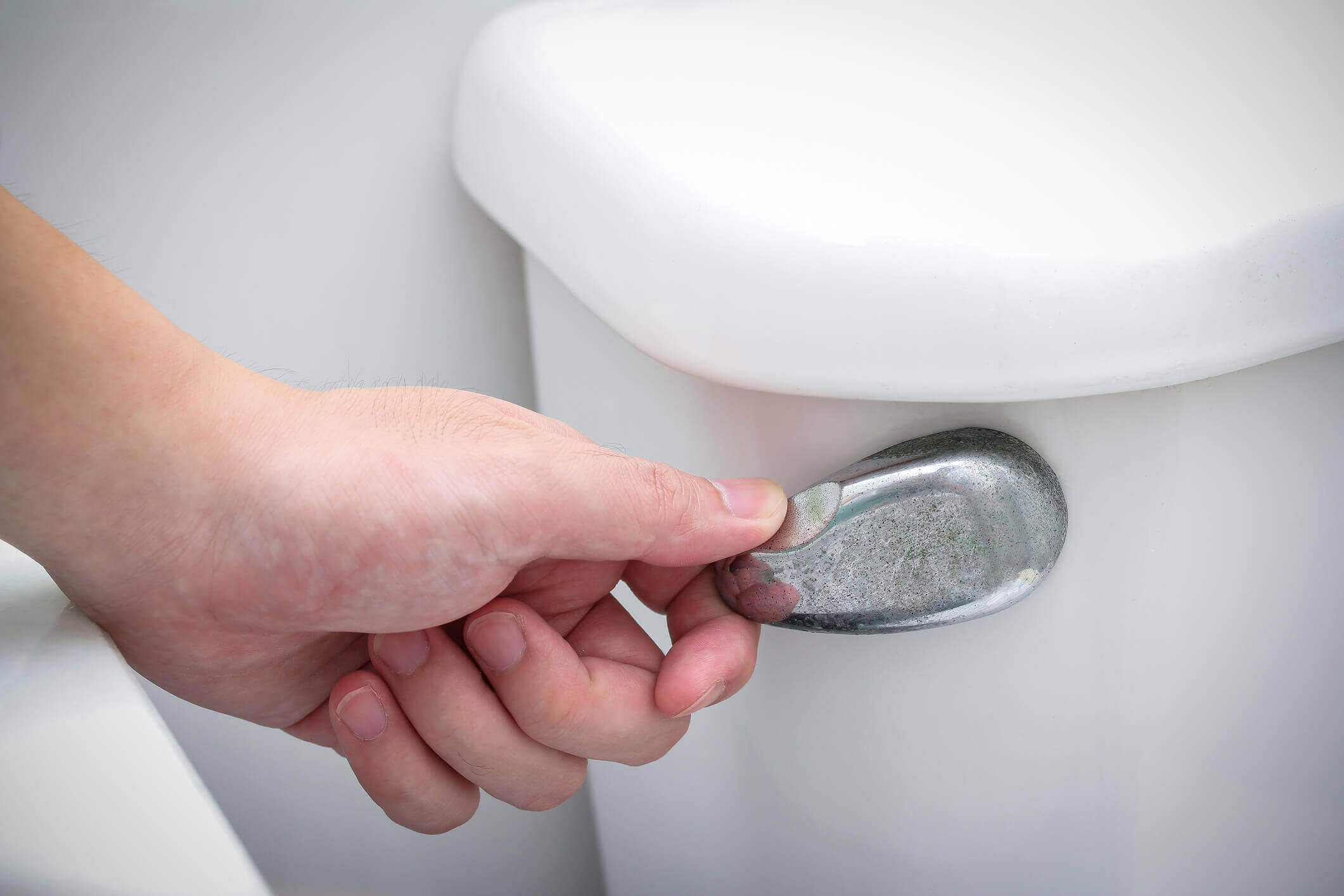

0 thoughts on “What Causes A Toilet Bowl To Lose Water”